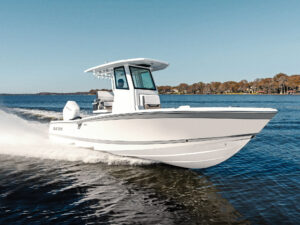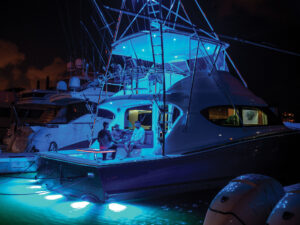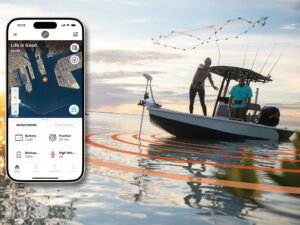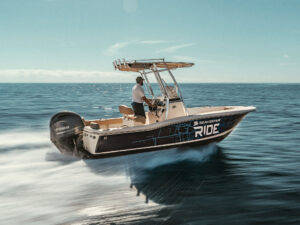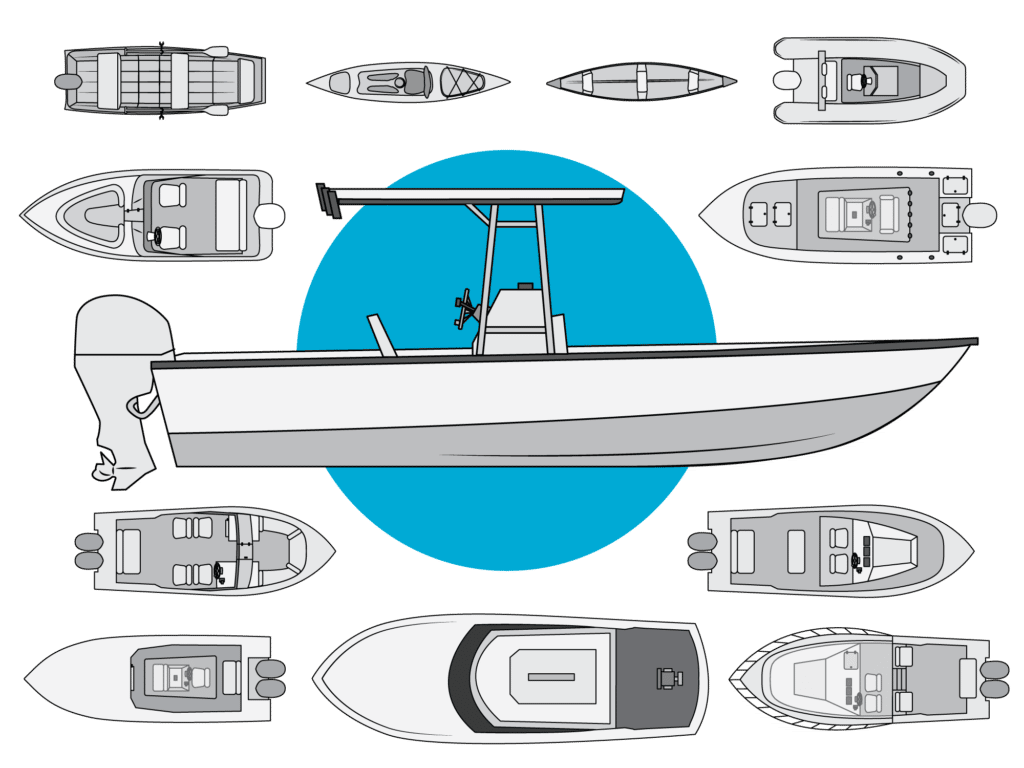
Do you know the difference between a cuddy cabin and a walkaround fishing boat? Or between an express and a convertible? The main characteristics of the different types of fishing boats often overlap, but each traditionally incorporates distinct design elements and features. Below is an extensive list of different fishing boats, with their common sizes, construction styles, design features, the fishing they are best suited for, and how each is usually powered.
Center Console Boat
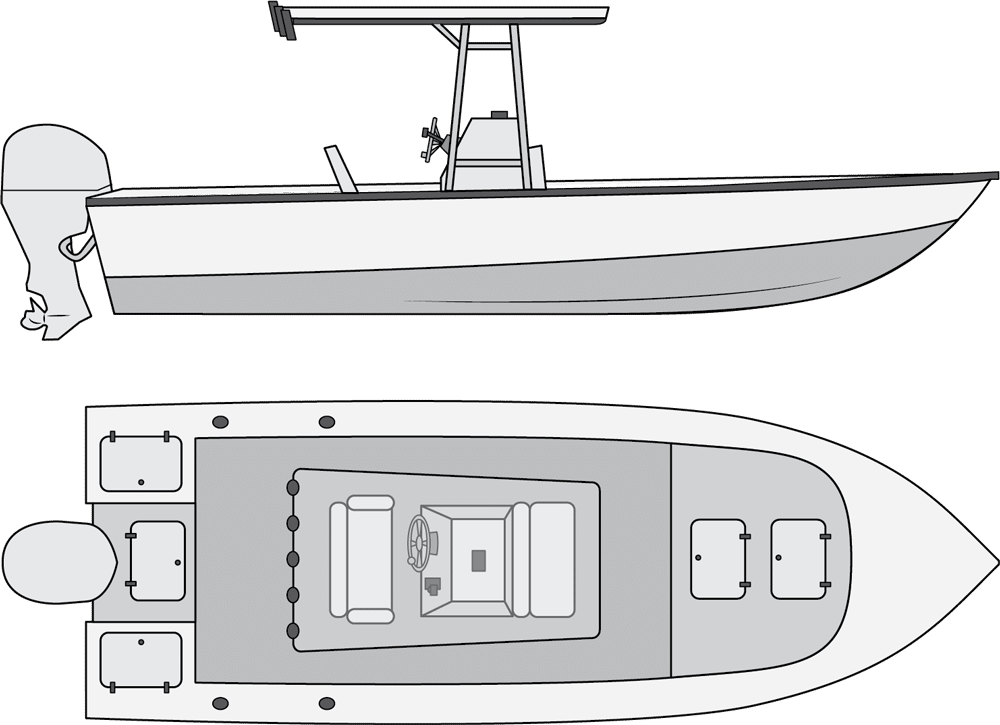
- Boat Length: 14 to over 50 feet
- Construction: Usually fiberglass hull in a wide range of designs, with deep-V and modified-V the most popular
- Description: Often called “open fisherman,” for its open deck layout, center console leaves ample cockpit space fore and aft. It accommodates livewells, fish boxes, T-tops, outriggers and abundant storage
- Propulsion: Single or multiple outboards or stern drives
- Purpose: Adaptable to all fishing situations and waters, depending on size and rigging
Walkaround Boat
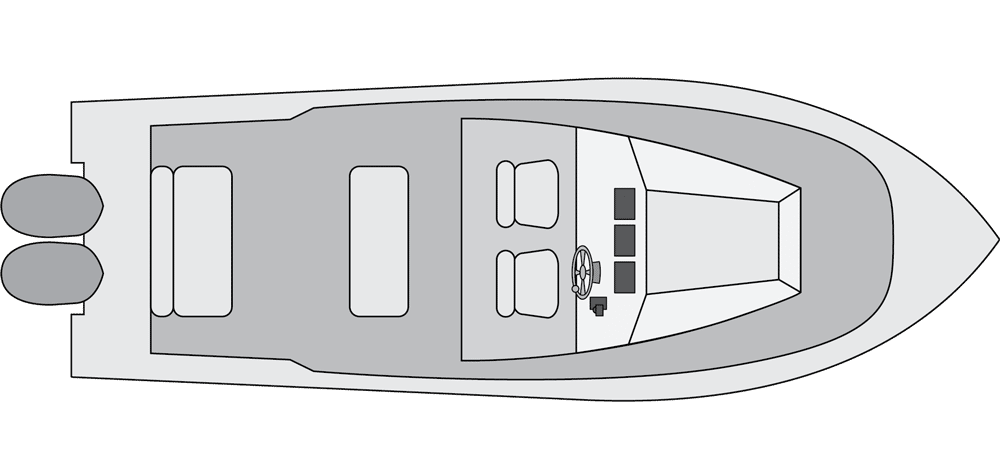
- Boat Length: 20 to 30 feet
- Construction: Fiberglass, sometimes aluminum hull with large center console housing a step-down cabin
- Description: Center console design with 360-degree access to fishing, via unobstructed deck from transom to bow, steering and controls located to starboard on oversized console, next to a step-down cabin
- Propulsion: Single or twin outboards, stern drives or inboard motors
- Purpose: Nearshore and offshore fishing
Cuddy Cabin Boat
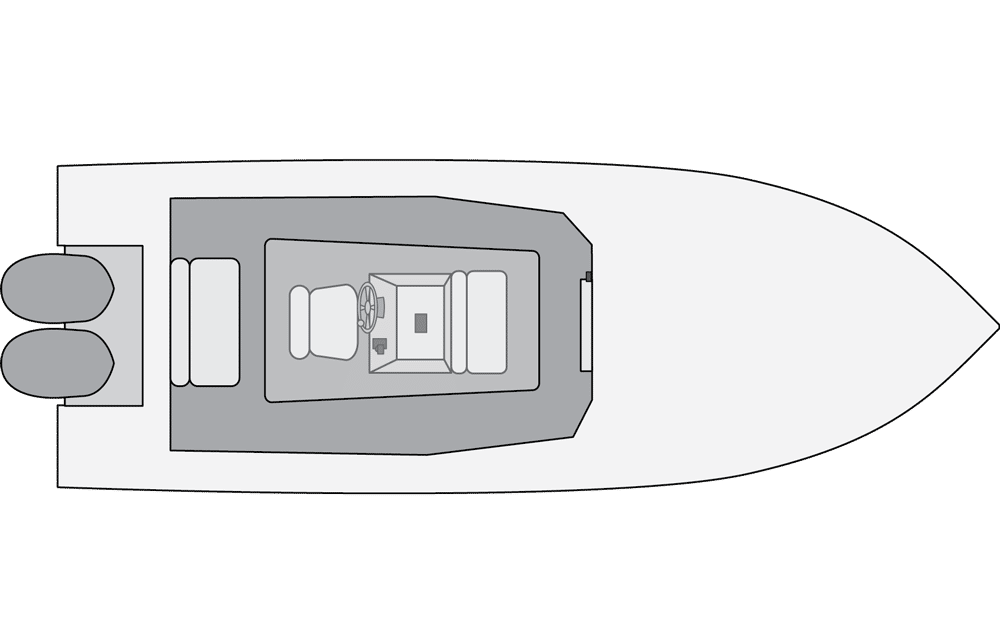
- Boat Length: 22 to 30 feet
- Construction: Fiberglass hull, basic center console design
- Description: Has a forward cabin replacing the open bow area
- Propulsion: Single or twin outboards, stern drives or inboard motors
- Purpose: Fishing all waters, depending on size, provides added shelter in rough seas and inclement weather
Power Catamaran Boat
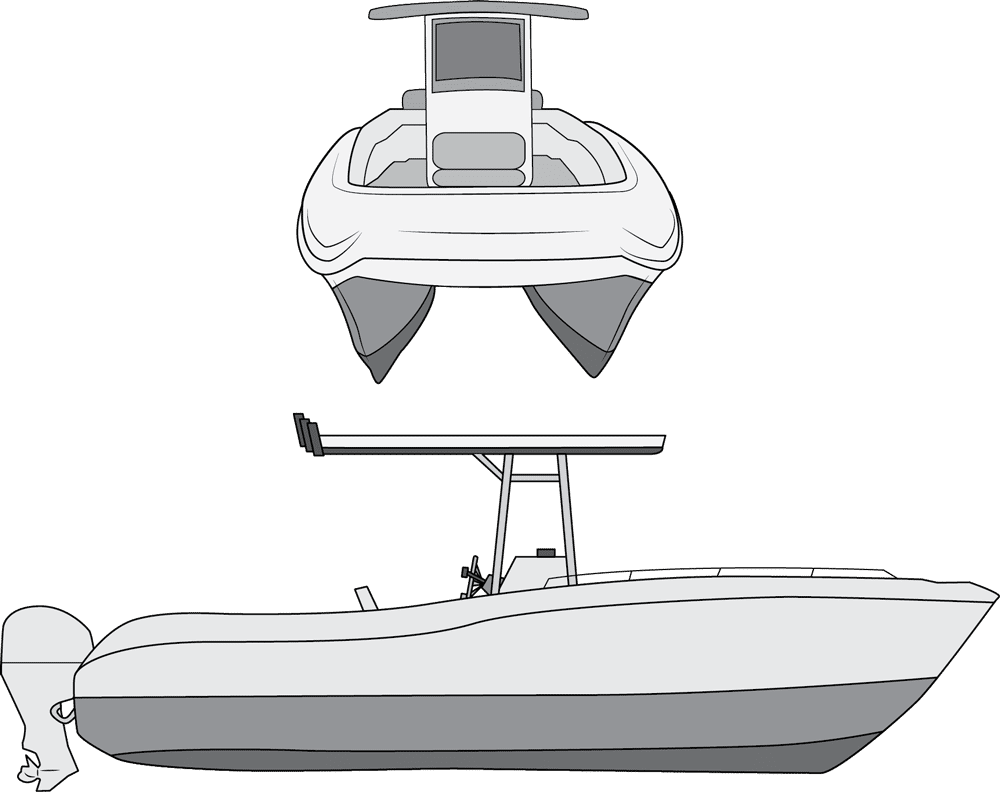
- Boat Length: 25 to 40 feet
- Construction: Usually fiberglass, sometimes aluminum twin-hull design
- Description: Twin deep-V hull sponsons connected by a wide deck differentiate this design from a mono-hull. Desirable for its soft ride. Includes a cockpit and a console or cabin, often configured much like a center-console
- Propulsion: Twin outboards
- Purpose: Usually nearshore and offshore fishing, but adaptable to inshore waters, depending on size and rigging
Dual-Console Boat
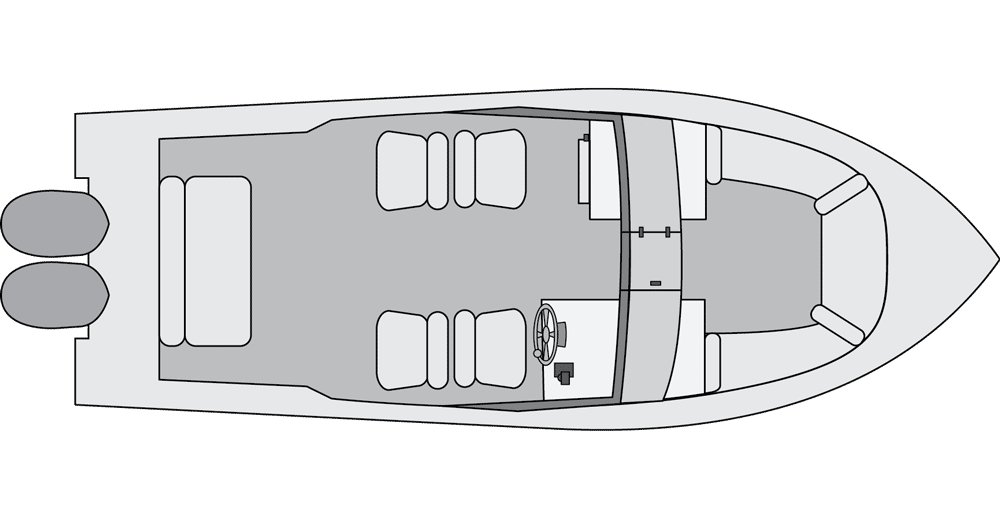
- Boat Length: 16 to 30 feet
- Construction: Fiberglass, sometime aluminum hull with matched consoles to port and starboard
- Description: Dual side consoles with passage between them to the bow. Controls usually on starboard console, opposite console contains space for step-down head, galley, berths or storage
- Propulsion: Single or twin outboards or stern drives
- Purpose: Fishing in all waters, depending on size
Express Boat
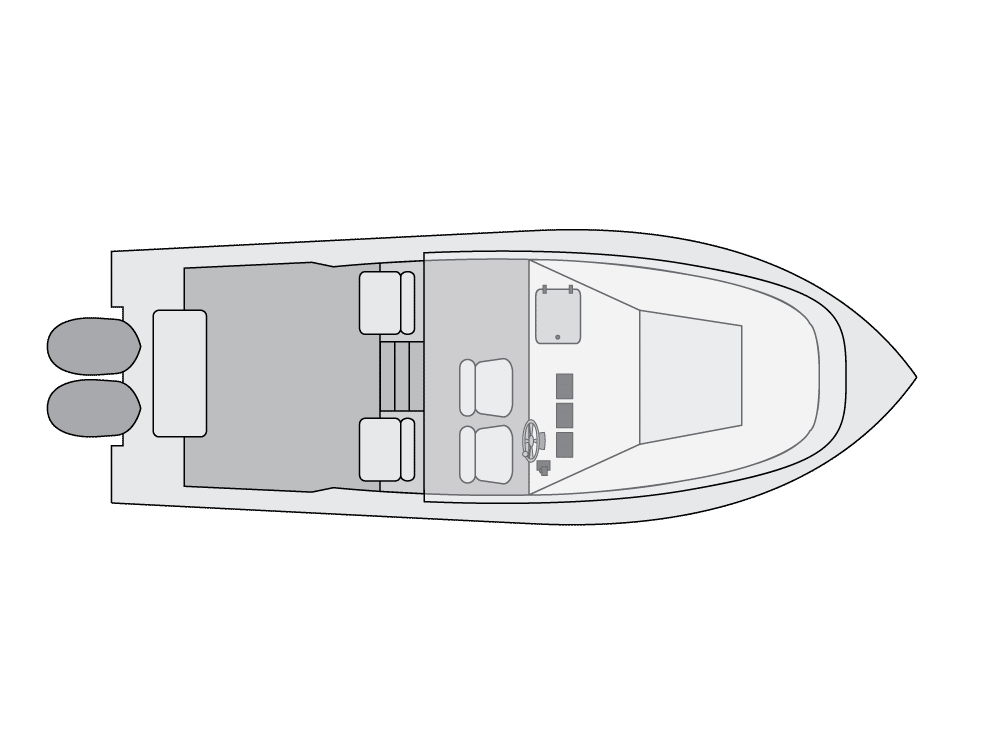
- Boat Length: 28 feet or larger
- Construction: Fiberglass hull with covered step-up or level helm
- Description: Step-up or level helm area, open to the cockpit. Proximity of helm to cockpit reduces need for additional crew
- Propulsion: Multiple outboards or inboard motors
- Purpose: Offshore and nearshore fishing
Bay Boat
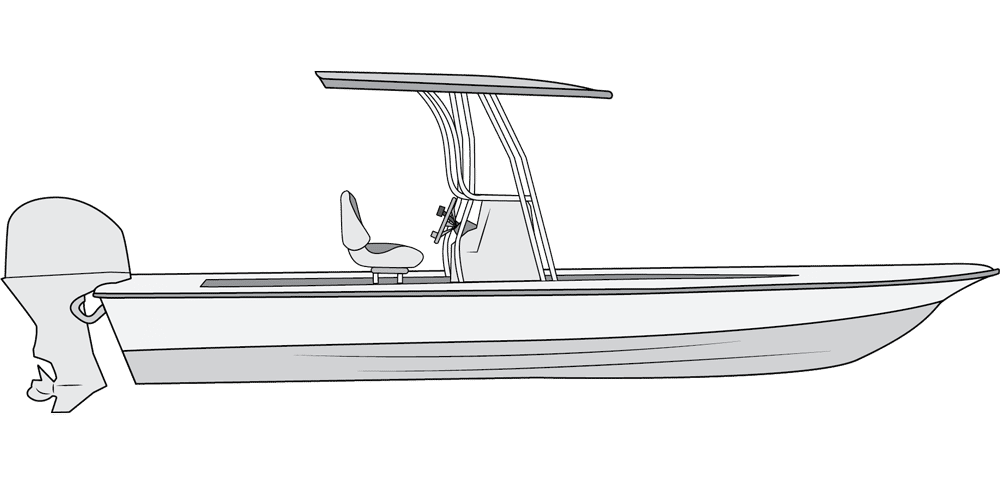
- Boat Length: 20 to 26 feet
- Construction: Fiberglass or composite modified V-hull to take on open water beyond the shallows
- Description: Beamy center console with low freeboard, extensive storage, sizable livewells, fish boxes and fishing features, seating for 4 or more
- Propulsion: Single outboard
- Purpose: Originally designed to fish open bays, larger seaworthy models allow offshore fishing
Flats Skiff
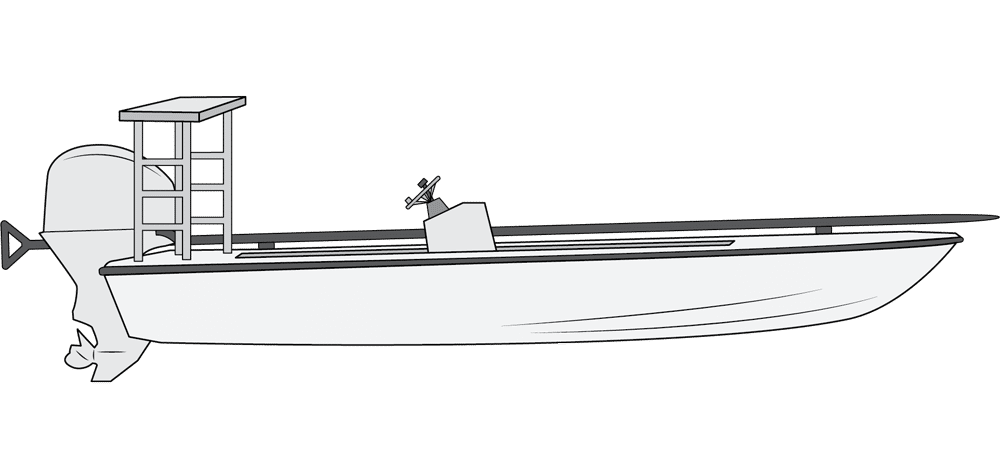
- Boat Length: 16 to 20 feet
- Construction: Fiberglass or composite specialized shallow-draft hull
- Description: Center or side console, low freeboard, fore and aft casting decks, and usually has a platform over the engine to stand atop when propelling with a push pole, for stealth
- Propulsion: Single outboard
- Purpose: Inshore fishing, especially in extreme shallows
Flats Scooter
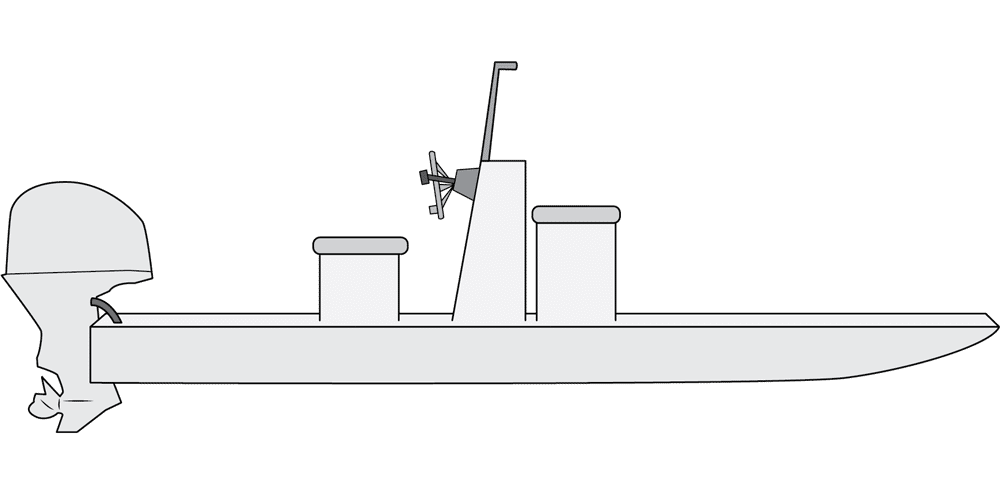
- Boat Length: 16 to 22 feet
- Construction: Fiberglass flat-bottomed platform-like hull
- Description: Center console, low freeboard, lacks gunwales for wading anglers’ ease in getting on and off, often extensively customized with towers and fishing amenities
- Propulsion: Single outboard
- Purpose: Inshore fishing, especially in wading depths
Convertible Boat
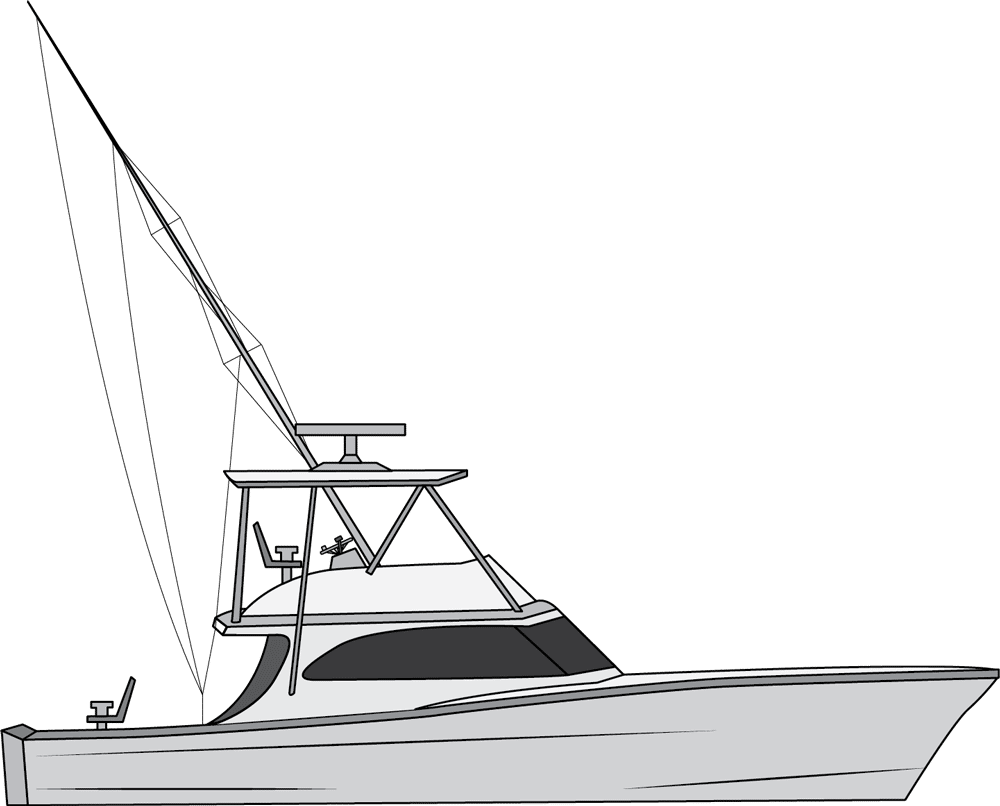
- Boat Length: 31 to 60 feet-plus
- Construction: Fiberglass hull with open cockpit and enclosed cabin
- Description: Often referred to as “sportfisherman” or “sport-fisher,” the classic offshore fishing boat, with fly bridge controls, cabin with all live-aboard amenities (galley, berths, head), and often a tower
- Propulsion: Single or multiple inboard motors
- Purpose: All offshore waters, long-range cruising and big-game angling
Runabout
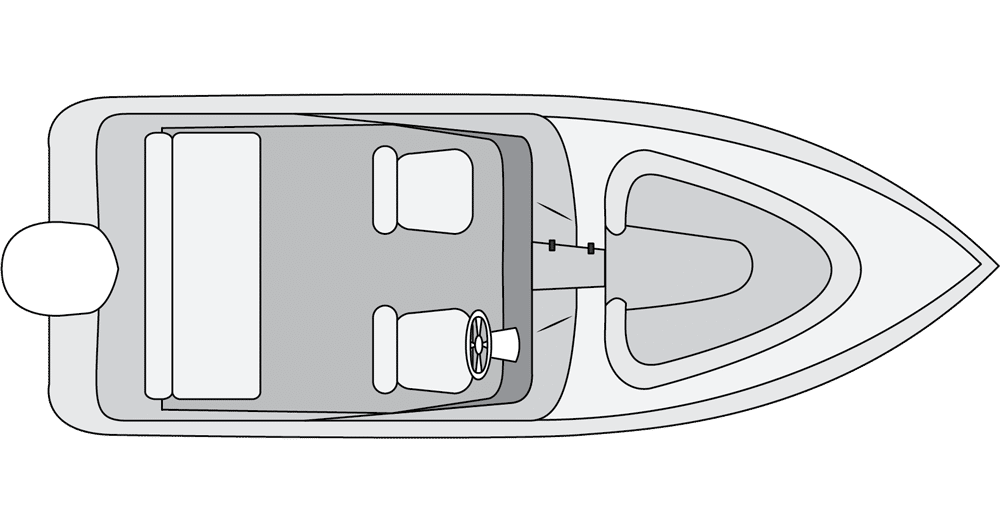
- Boat Length: 14 to 25 feet
- Construction: Usually fiberglass, sometimes aluminum
- Description: Most include an open bow, ample seating, a swim platform and various frills
- Propulsion: Single outboard or stern-drive
- Purpose: Inshore fishing and general inshore use
RIB (Rigid Inflatable Boat)
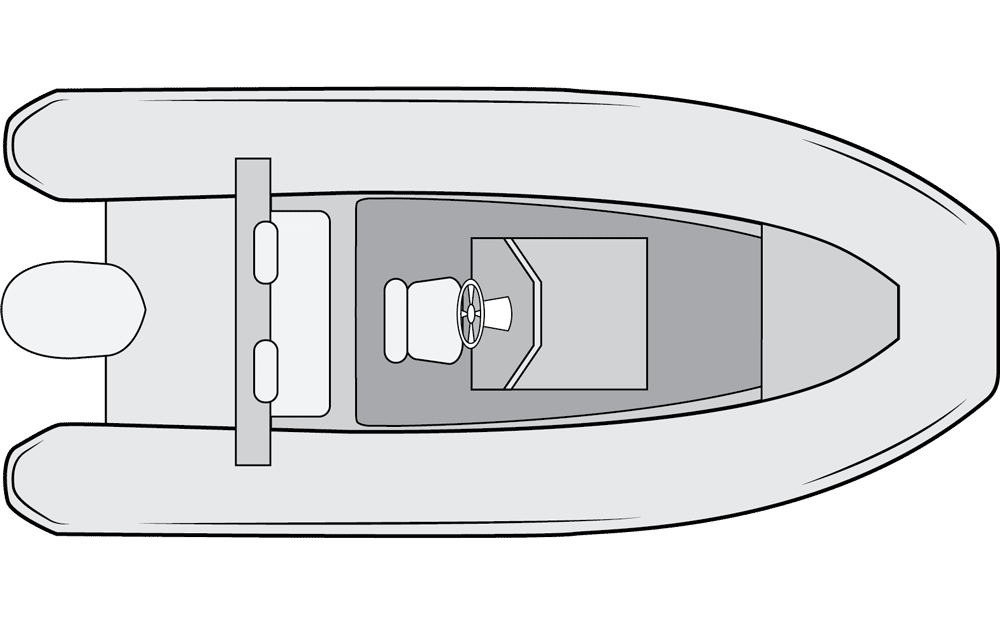
- Boat Length: 6 to 30 feet-plus
- Construction: Inflatable tubes for sides, with rigid deck and hull made of aluminum or fiberglass.
- Description: Modular design enables addition of seating, various console styles and even T-tops
- Propulsion: Single or multiple outboards, depending on size
- Purpose: Often used as a tender on larger boats, but may be rigged for fishing. Usable on a full range of waters
Jon Boat
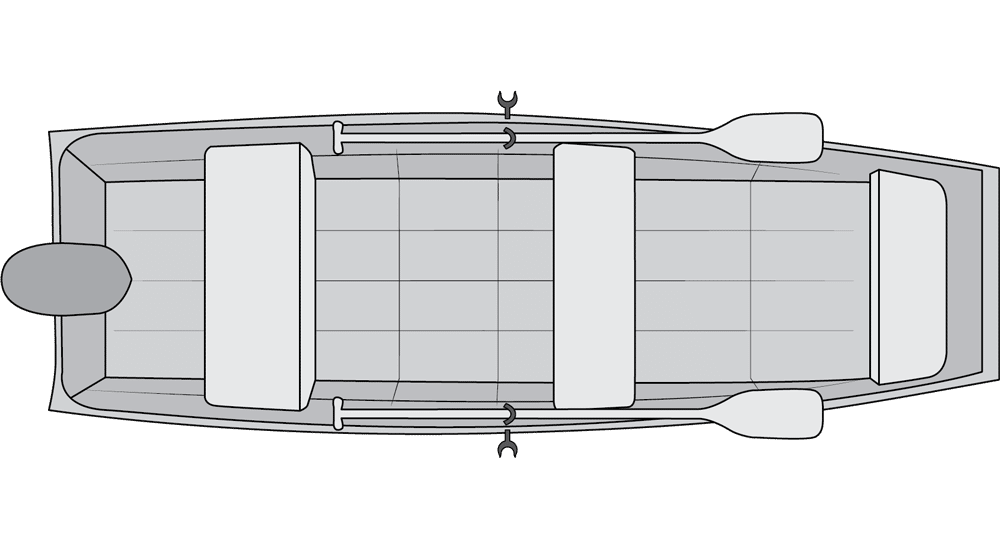
- Boat Length: 8 to 24 feet
- Construction: Usually aluminum
- Description: Flat-bottomed, square bow and stern, one or more bench seats
- Propulsion: Oars, single, small outboard, or electric trolling motor
- Purpose: Inshore fishing in protected waters
Kayak
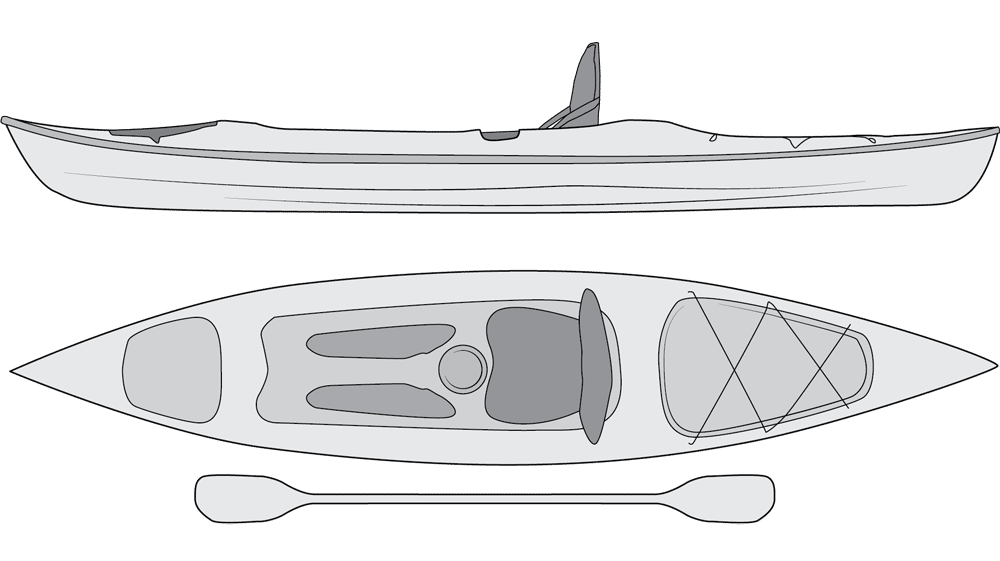
- Boat Length: 8 to 16 feet
- Construction: Wood, aluminum, fiberglass or molded plastic
- Description: Narrow and usually pointed at bow and stern. May be covered deck or sit-on-top design
- Propulsion: One, sometimes two, people with a double-bladed paddles
- Purpose: Inshore fishing
Canoe
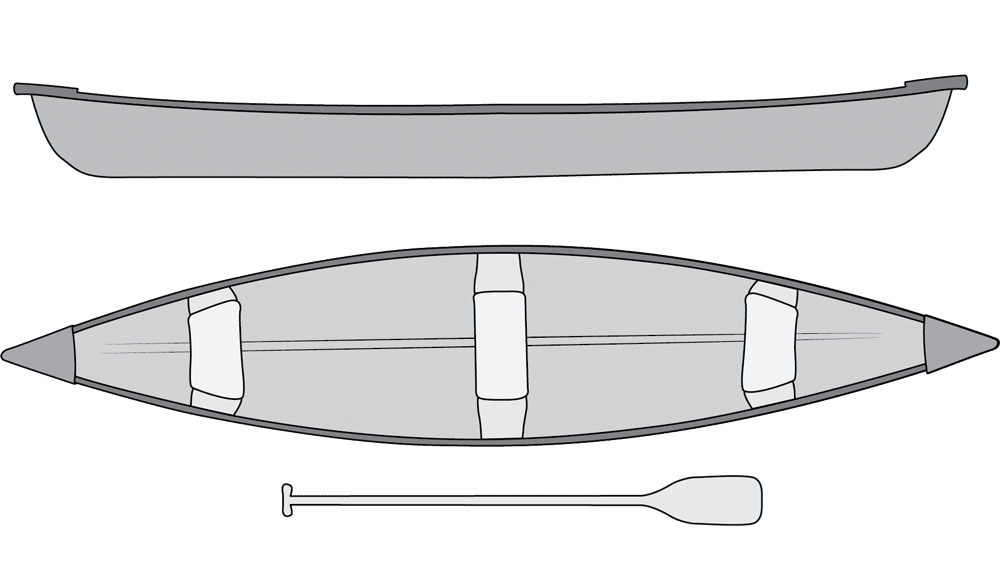
- Boat Length: 12 to 16 feet
- Construction: Wood, aluminum, fiberglass or molded plastic
- Description: Lightweight, narrow and usually pointed at bow and stern. May have blunt stern to accommodate a small motor
- Propulsion: One or two paddlers with a single-bladed paddle
- Purpose: Inshore fishing in protected waters

